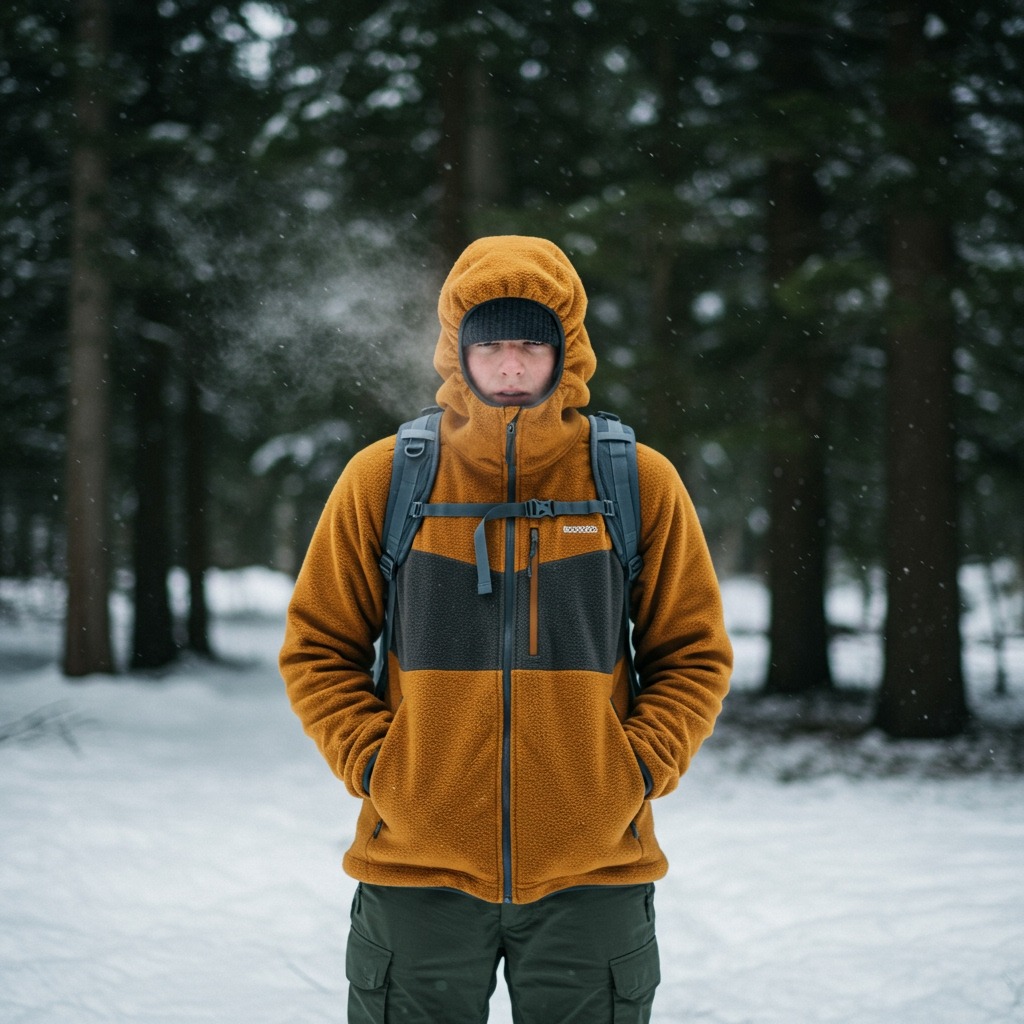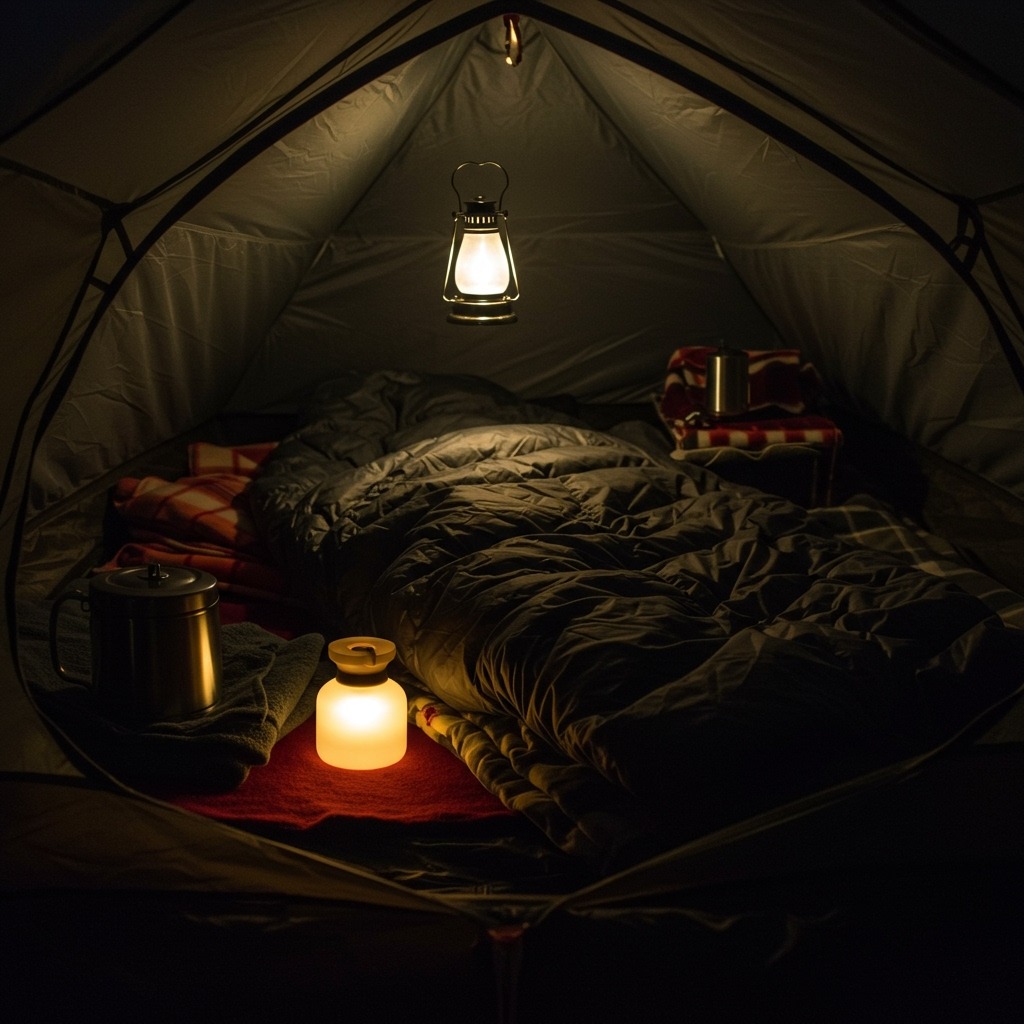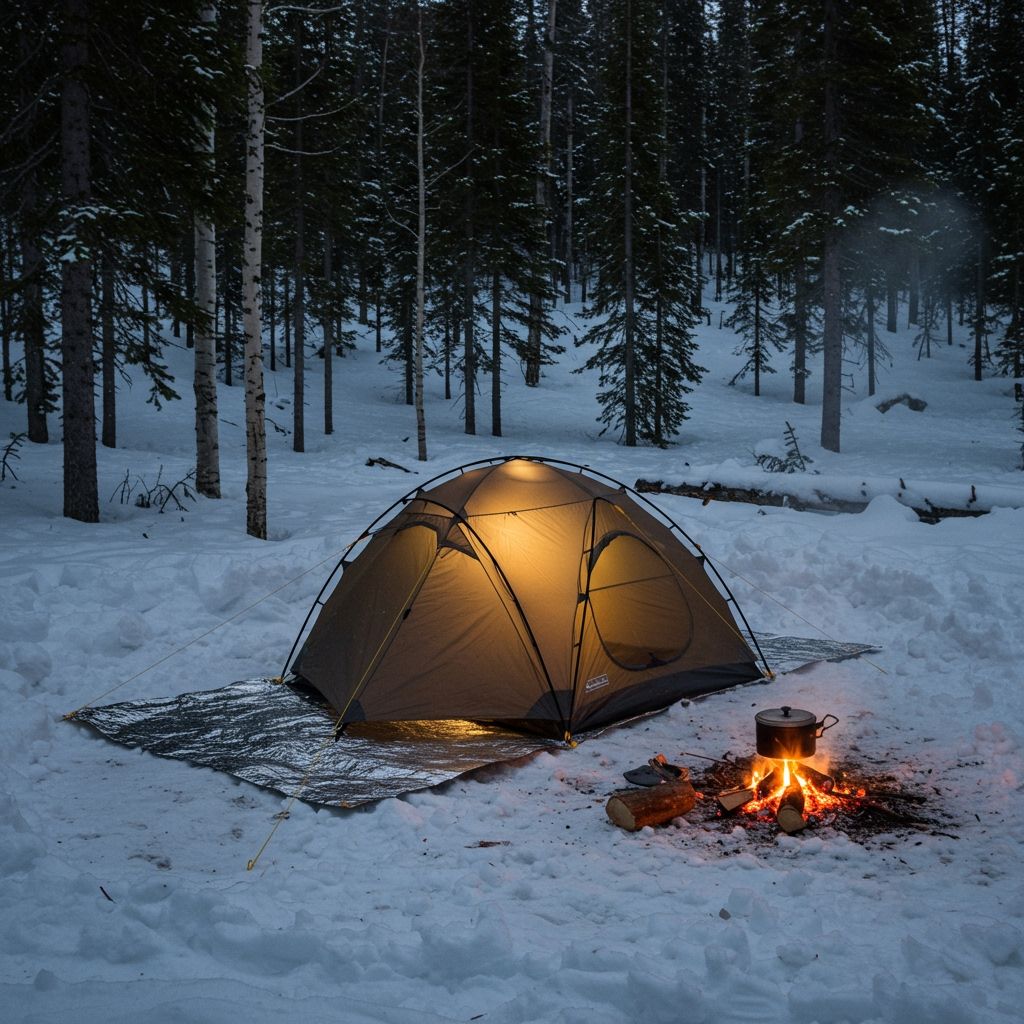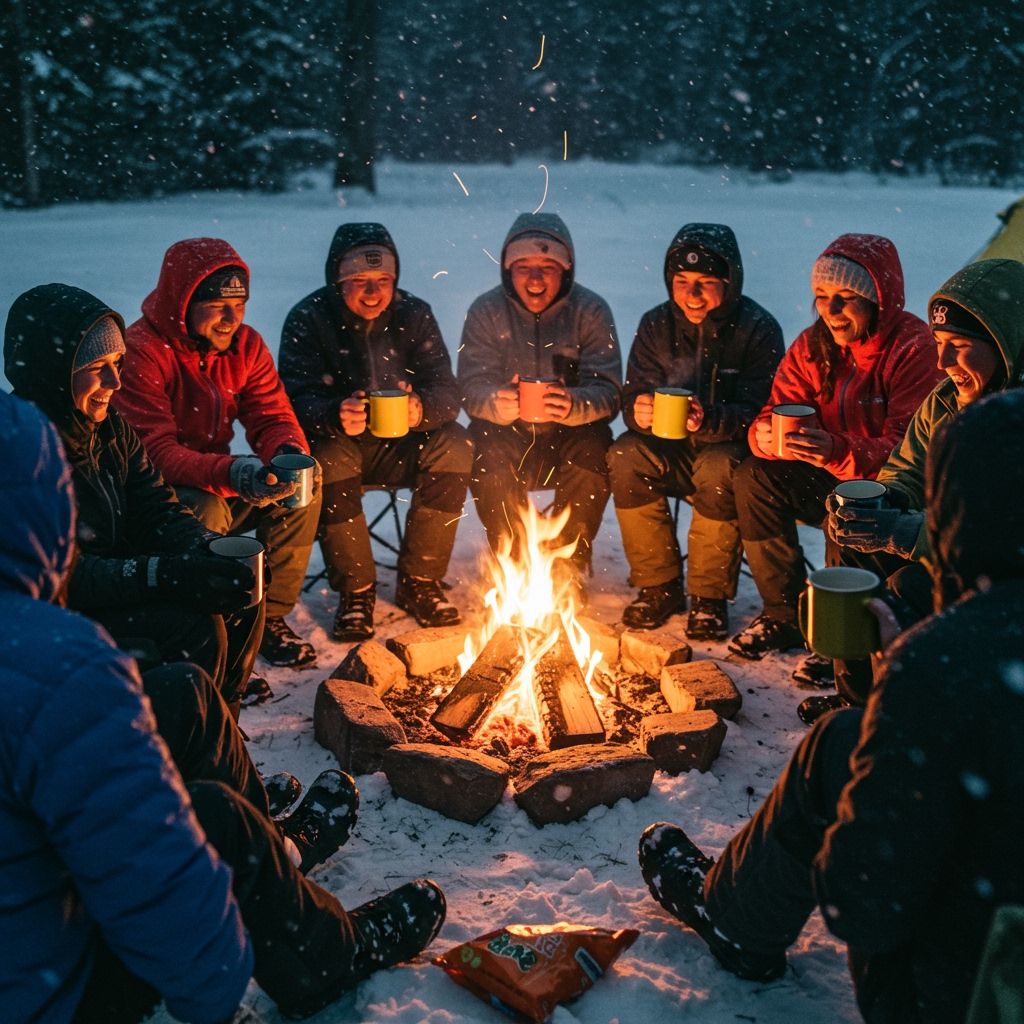Camping in cold weather can be a thrilling adventure, but staying warm is essential for both comfort and safety. Whether you’re exploring snowy trails or enduring chilly nights in the wilderness, preparation is key. This guide will equip you with expert tips and actionable advice to help you stay warm while camping, even in the harshest conditions.
Ever wake up in a freezing tent at 3 a.m., wondering if you packed enough layers?
This guide is for campers who want to enjoy winter—not just survive it.
Why Staying Warm is Non-Negotiable
Cold weather camping introduces unique challenges. Your body loses heat faster in low temperatures, increasing the risk of hypothermia. Staying warm isn’t just about comfort—it’s about survival. With the right strategies, you can enjoy the beauty of winter camping without compromising your well-being.
Mastering Layering: The Foundation of Warmth

Layering is your first line of defense against the cold. Here’s how to do it effectively:
- Base Layer: Wear moisture-wicking fabrics like merino wool or synthetic materials to keep sweat off your skin.
- Middle Layer: Add insulation with a fleece or down jacket to trap heat.
- Outer Layer: Use a waterproof and windproof shell to protect against rain and wind chill.
Avoid cotton—it retains moisture and can make you colder. By layering strategically, you can regulate your body temperature throughout the day.
How to Insulate Your Sleeping Setup for Cold Weather Camping
Your sleeping system is critical for staying warm at night. Here’s how to optimize it:
- Sleeping Bag: Choose one rated for temperatures lower than what you’ll encounter. Down bags are lightweight and warm but less effective when wet; synthetic bags are bulkier but better for damp conditions.
- Sleeping Pad: A high R-value pad prevents heat loss to the ground. For extra warmth, layer a closed-cell foam pad with an inflatable pad.
- Hot Water Bottle: Fill a durable bottle with hot water and place it in your sleeping bag before bed for added heat.
Pro tip: If you’re hammock camping, use an underquilt and top quilt system to insulate effectively without compressing insulation beneath you.
Optimizing Your Shelter for Warmth

Your choice of shelter can significantly impact your ability to stay warm:
- Tent Camping: Use a four-season tent designed to withstand cold and wind. Add a reflective groundsheet or tarp beneath your tent for extra insulation.
- Hammock Camping: Invest in a high-quality tarp like the Warbonnet Superfly, which blocks wind from all directions. Pair it with an underquilt and top quilt for maximum warmth.
- Car or RV Camping: Insulate windows with Reflectix covers and use heated blankets or down comforters for added coziness.
Seal any gaps in your shelter to block drafts, and position it in a spot sheltered from high winds.
Fueling Your Body for Heat
Your body generates heat as it digests food, making proper nutrition essential for staying warm:
- High-Calorie Meals: Focus on fats and proteins like nuts, cheese, and meats—they provide long-lasting energy for heat production.
- Warm Drinks: Sip on hot tea, coffee, or soup throughout the day to maintain warmth and hydration.
- Pre-Bedtime Snack: Eating a small snack before bed can help fuel your body’s “internal furnace” overnight.
Hydration is equally important—dehydration can make you feel colder, so drink plenty of water even if you’re not thirsty.
Read more: How to Make Coffee While Camping? A Complete Guide
Using Heat Sources Wisely

Supplemental heat sources can make cold-weather camping more comfortable when used safely:
- Hand Warmers: Slip them into gloves or boots for instant warmth during outdoor activities.
- Hot Water Bottles: Place them in your sleeping bag or under your feet for targeted heat where you need it most.
- Tent Heaters: If using a portable heater, ensure proper ventilation to avoid carbon monoxide poisoning.
Always follow safety guidelines when using heating devices in enclosed spaces like tents or RVs.
Practical Tips from Seasoned Campers
Sometimes it’s the small adjustments that make the biggest difference:
- Pre-warm clothes by stuffing them into your sleeping bag before wearing them in the morning.
- Double up on socks or wear insulated booties to keep feet warm overnight.
- Use fleece blankets inside your sleeping bag for extra insulation without adding bulk.
- Avoid over-layering—it can cause sweating, which leads to cooling once moisture evaporates.
These tried-and-tested tips come from experienced campers who know how to stay comfortable in extreme conditions.
Cold Weather Camping Essentials: Quick Checklist
Before you head out, make sure these are in your pack:
- Merino wool or synthetic base layers
- Fleece or down jacket (middle layer)
- Waterproof, windproof outer shell
- Sleeping bag rated below expected temperatures
- High R-value sleeping pad (or two layered pads)
- Hand warmers or hot water bottle
- Reflective tarp or insulated groundsheet
- High-fat/protein snacks
- Insulated boots and gloves
- Balaclava or neck gaiter
Use this checklist as a last-minute gear check or save it for future trips.
Embrace Winter Camping Without the Chill

With these expert tips, you’re ready to tackle cold-weather camping like a pro. By mastering layering techniques, optimizing your sleeping system, insulating your shelter, fueling your body with the right foods, and using heat sources wisely, you’ll stay warm no matter how low the temperature drops.
So pack smartly, prepare thoroughly, and enjoy the serenity of winter camping—without letting the cold hold you back!
